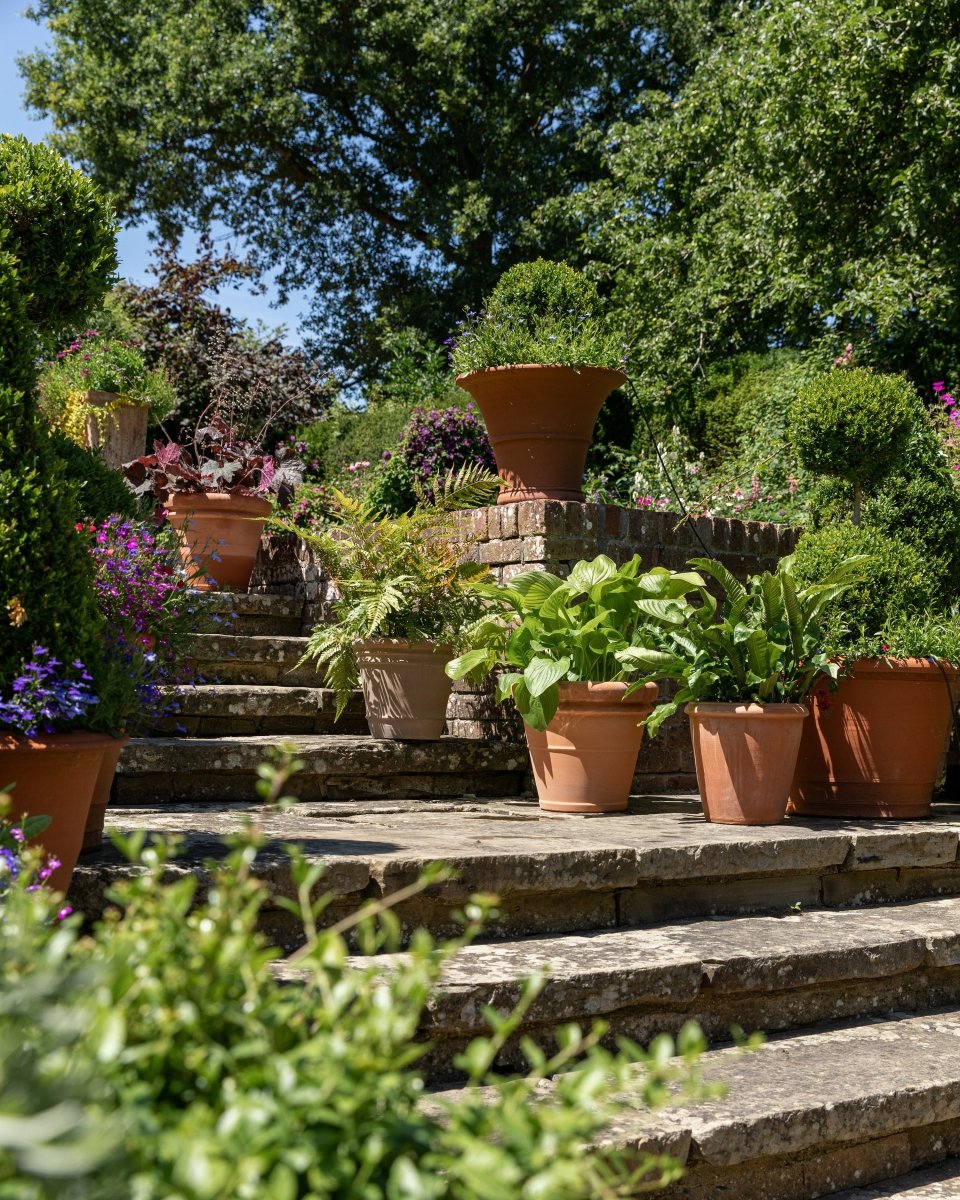The beginning of spring - the early scent of Daphnes starting to flower in February is a wonder to behold in the garden. The closer you plant to the house, the greater the scent you will enjoy.

Daphnes are woodland shrubs and need a spot in dappled shade.

Make sure the soil is light and free-draining. If your soil is heavy clay, try a raised bed filled with plenty of garden compost and leaf mould.

Smaller species of daphne can be grown successfully in containers if you pay attention to adding plenty of drainage and choose a pot deep enough to accommodate the roots.



Root rot, usually due to poor drainage, is one of the most common problems. Yellowing foliage or die back can be caused by lack of nutrients in the soil or water-logging.
Daphnes can also succumb to honey fungus, phytopthora root rot and fungal leaf spot as well as virus infections.





















